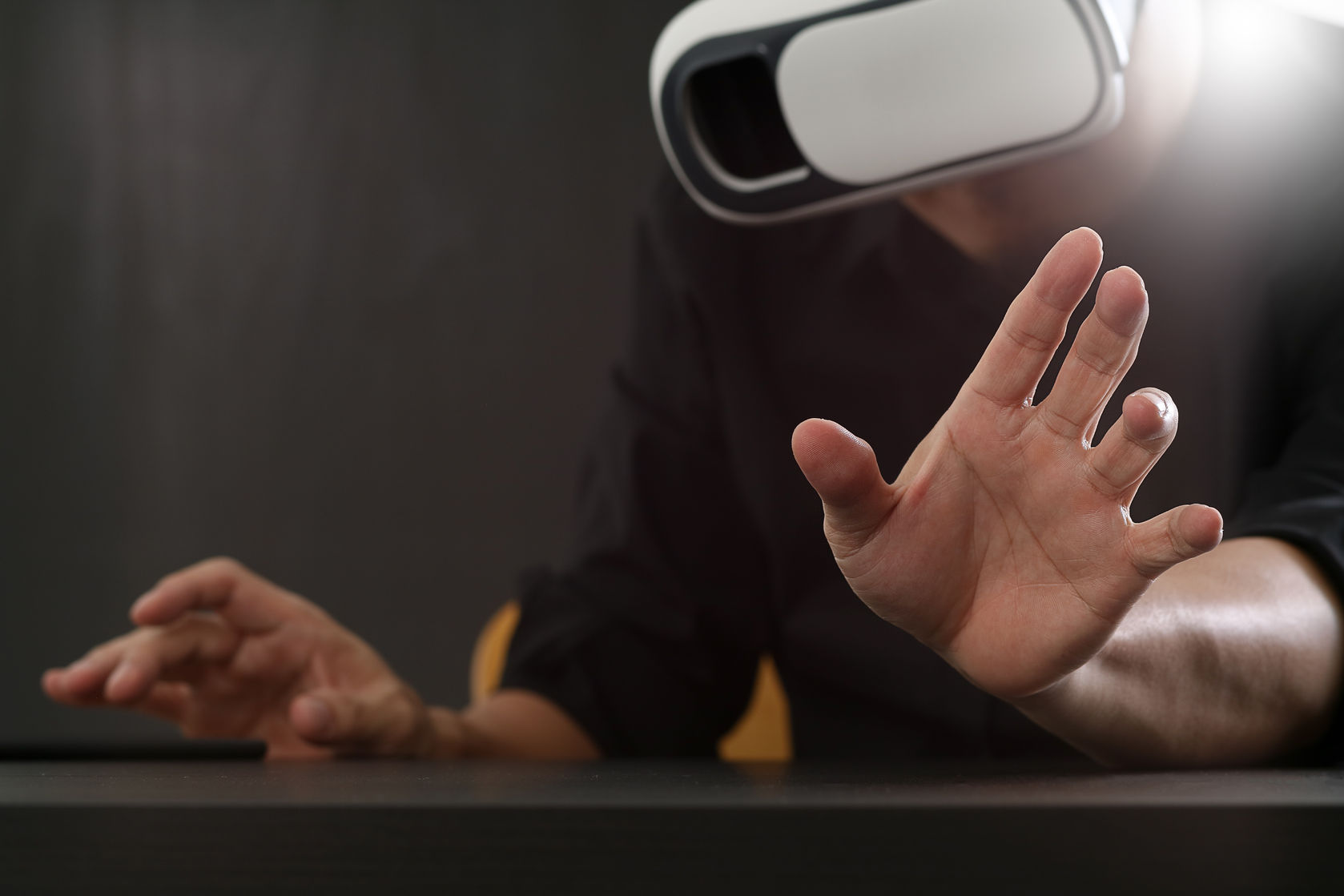Virtual reality technology can be used for many different purposes. The University of Newcastle – in Australia, not the UK – is experimenting with the technology among midwifery students. More specifically, students have to successfully deliver a baby in virtual reality to pass their exam. This is quite an intriguing development, and another example of how VR can improve the educational system by quite a margin.
Delivering Babies In Virtual Reality
It has to be said, the concept of delivering a baby in virtual reality doesn’t sound less severe than doing so in real life. Then again, there is only so much textbook-based preparation midwifery students can absorb. A hands-on approach is always the best course of action. Making use of virtual reality makes a lot of sense in this regard. Or that is what Australia’s University of Newcastle thinks, at least.
To be more specific, the VR project was launched rather recently. The goal is to simulate a real-world delivery room for students to get accustomed to providing midwifery services. Students are put in an environment where they have to deliver a baby successfully. However, the big difference is how the VR world allows for repetitive attempts, whereas delivering a baby in real-life is an actual life-and-death situation.
The change from the educational side of things over to the real-world emergency room can be quite overwhelming for midwifery students. This virtual reality experience is designed to smoothen the transition for new graduates. The University of Newcastle is very enthusiastic about the project, and feels it can make a big impact on their students’ careers. In the long run, the goal is to improve maternal and infant mortality rates caused by medical error.
It is worth mentioning the University of Newcastle is not the only one experimenting with VR technology. Singapore’s Tan Tock Seng Hospital is simulating medical procedures in VR as we speak. Whether or not virtual reality will be a valuable tool in the end, remains to be seen. However, it is evident VR can make a big impact on the educational sector as a whole. Do not be mistaken in thinking virtual reality will ever replace traditional courses entirely. Instead, it will be more of a complementary tool than anything else.
If you liked this article make sure to follow us on twitter @thevrbase and subscribe to our newsletter to stay up to date with the latest VR trends and news.












